The next aircraft to start on this Epic GB is Hasegawa's Jill. This will be a first for me and to fill a gap among the Zekes, Heins , Dinah's, a Betty and a Raiden. So let's see what is in the box.
Typical well laid out instructions. Unfolds to reveal the number of steps to construct the Jill which also contains the paint call outs using Gunze paint codes. Also the two schemes that are available in a Green to choose. What I found so far is nothing in the way of aftermarket decals for the Jill. Maybe someone may know.
The decals with some stenciling as well as the squadron markings and codes.
Molded in typical Hasegawa grey plastic, easy to work with, nice details. A few smaller sprues to go along with the larger mains sprues are in this kit in 2 bags. The clear parts are in one of the bags.
The first one out of the baggie is the sprue that contains the torpedo and parts to assemble it. The next sprue contains sway braces and brackets.
The next sprue is one of two with a sub sprue attached. contains the wheels and more braces and brackets. The wheels are ok, the tires are flattened to show weight. 7.7MM defensive gun is ok as well.
-
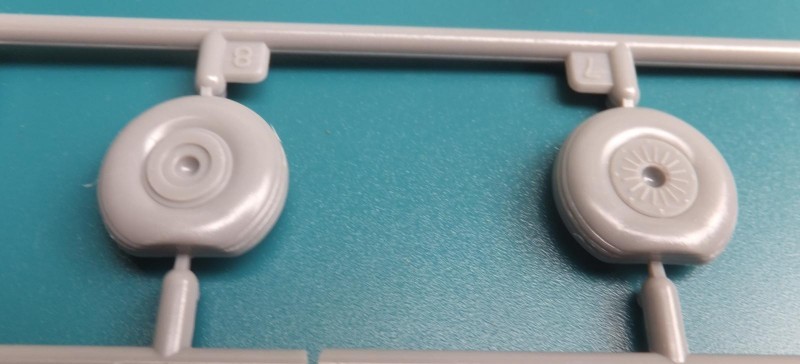
1. Tires are flattened and look ok will use them.
The next sprue has the landing gear and tail wheel parts.
-
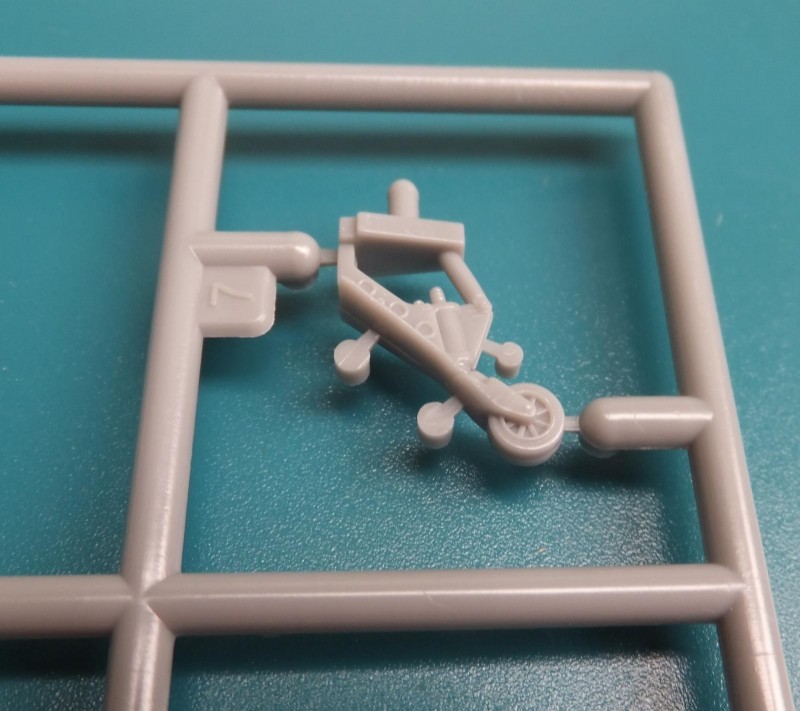
1. Nice well defined tail wheel
Hasegawa provides clear and brown push in grommets. This is a first with the clear and will see how these come into play in the build process.
The next sprue contains some interior components, bulkheads, braces, the prop spinner, backing plate and the unique style of exhaust manifolds.
-
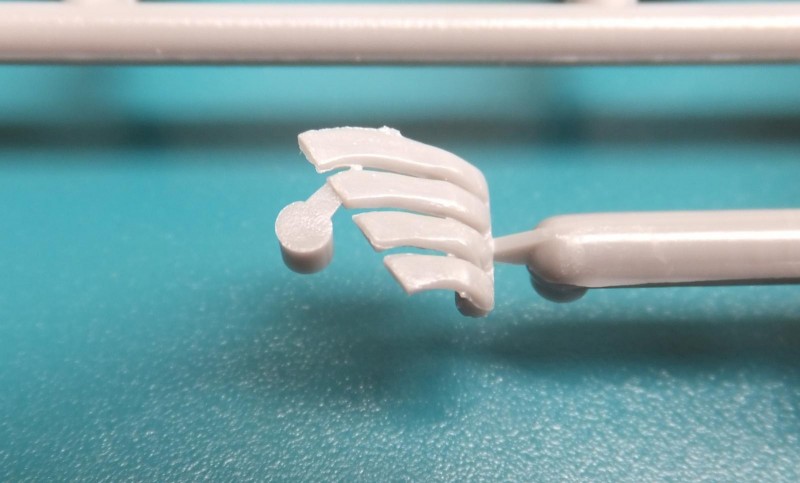
1. Tenzan unique exhaust manifold
Next sprue contains the interior detail parts, flight deck, radio sets, bulkheads and instrument panel. Also the wingfold parts.
-
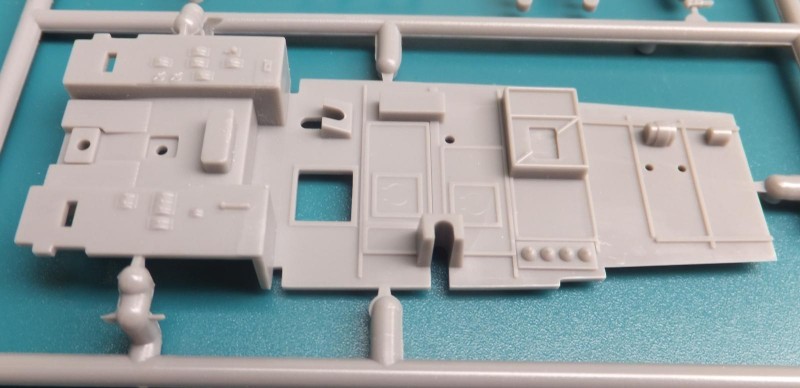
1. Flight deck with great details in the floor, good starting point to add more
-
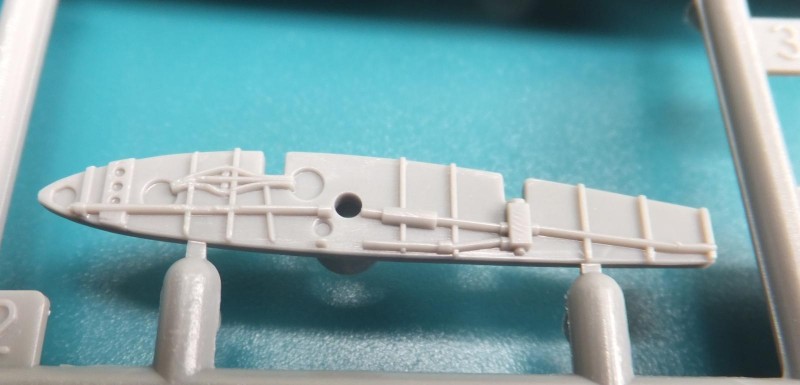
1. Wingfold detail nice touch
Finally the fuselage, has some internal details, not much as most are provided with the inner panels. Just the spare gun rounds on the rear section. The butterfly flaps, The 4 bladed prop, IP and the radio set.
-
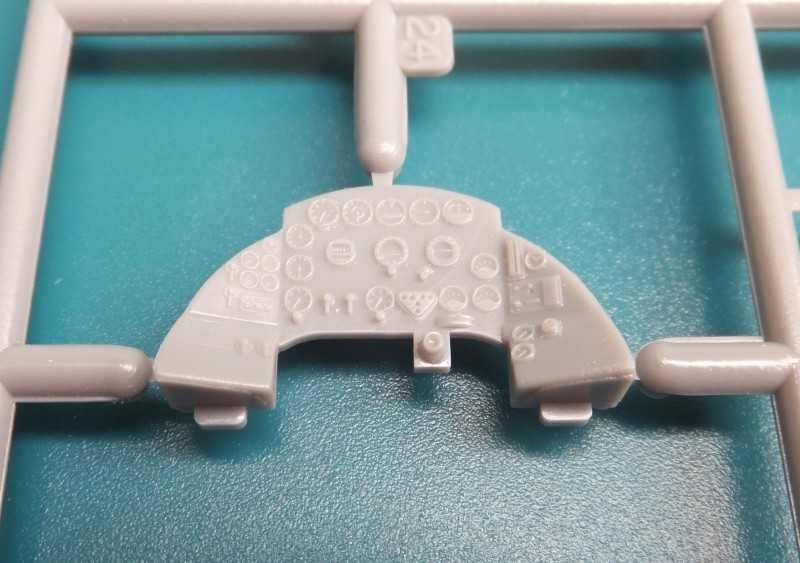
1. Nice details that can easily be picked out or use the provided decal.
The next sprue contains the other half of the fuselage. Gear doors, interior side panel, horizontal tail.
-
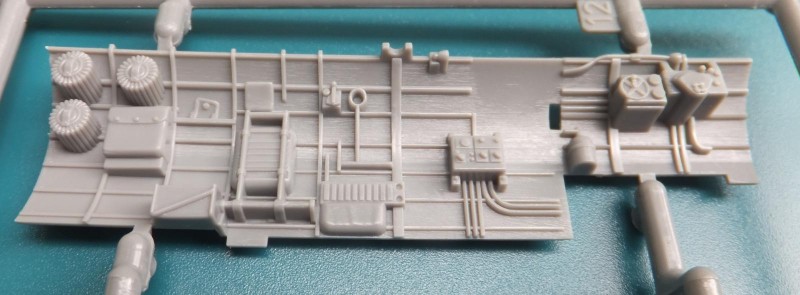
1. Lots of molded in detail to work with
The engine sprue also has the cowl and firewall parts.
-
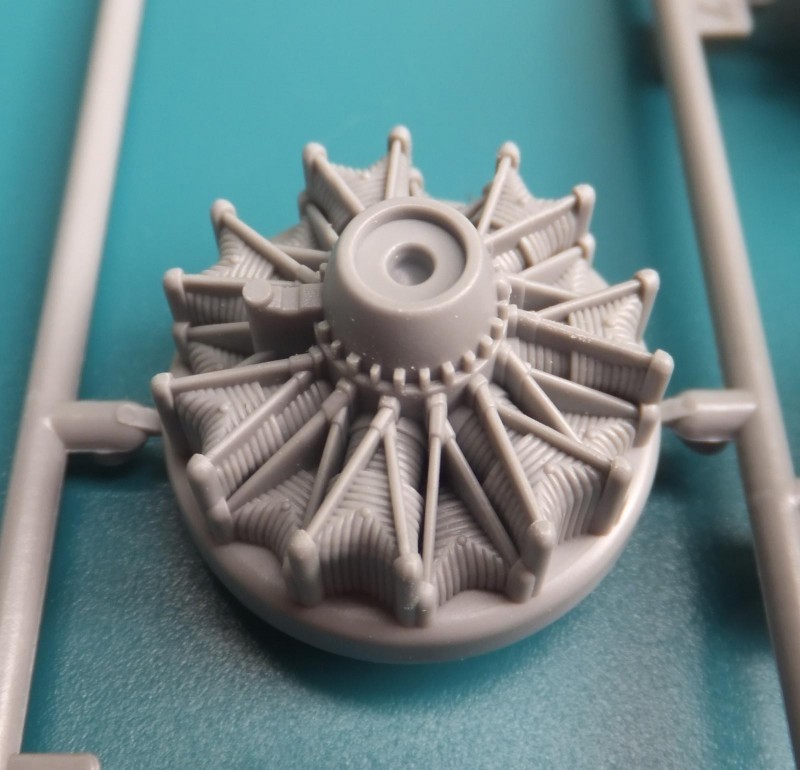
1. well defined details to enhance
The last grey plastic sprue is for all the upper and lower wing components. This provides a folded wing option which will come in handy for shelf space. Unlike the Zeke variants these are a bit larger in size.
-
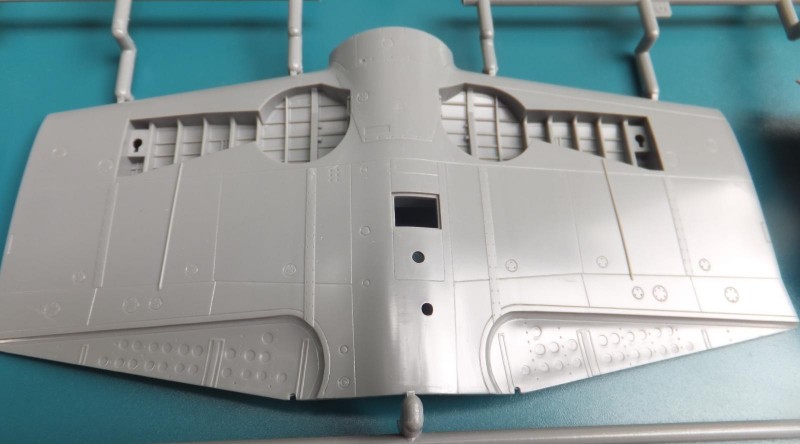
1. Dive brake well
2. A bit shallow but much better than the Hein kit which are a bit to shallow
-
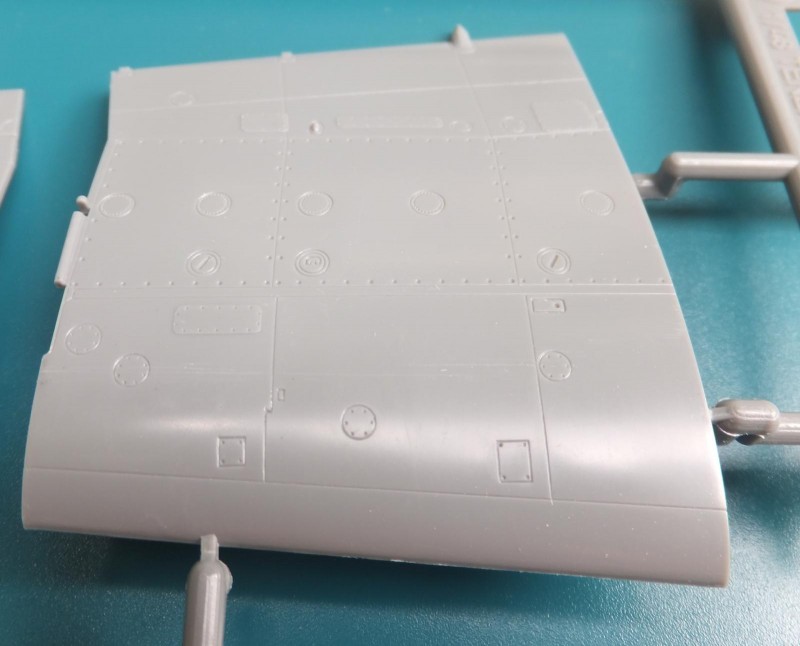
1. Inner upper wing panel
The clear parts is the 1 piece center and forward section of the canopy, too bad really I wish it was separate panels. The observation windows, 3 on each side I may forego and just use Testors clear to replace them.
-
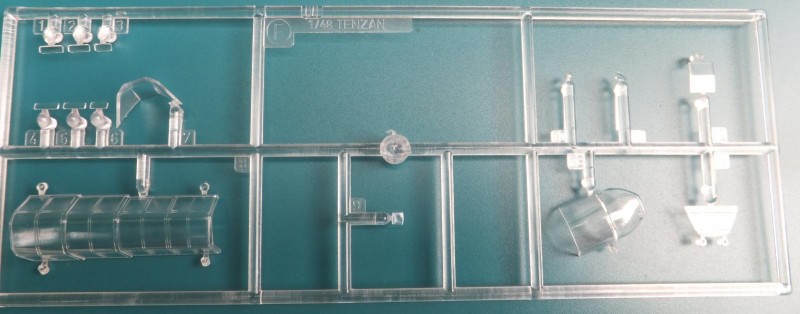
1. Nice set of clear parts
2. These small windows may be a bit difficult to install
3. 1 piece too bad
The kit has a large parts count but not like let say a Hobbyboss or Trumpeter which at times are a bit over engineered. This kit should be a good build and look forward in getting started.
More to follow.